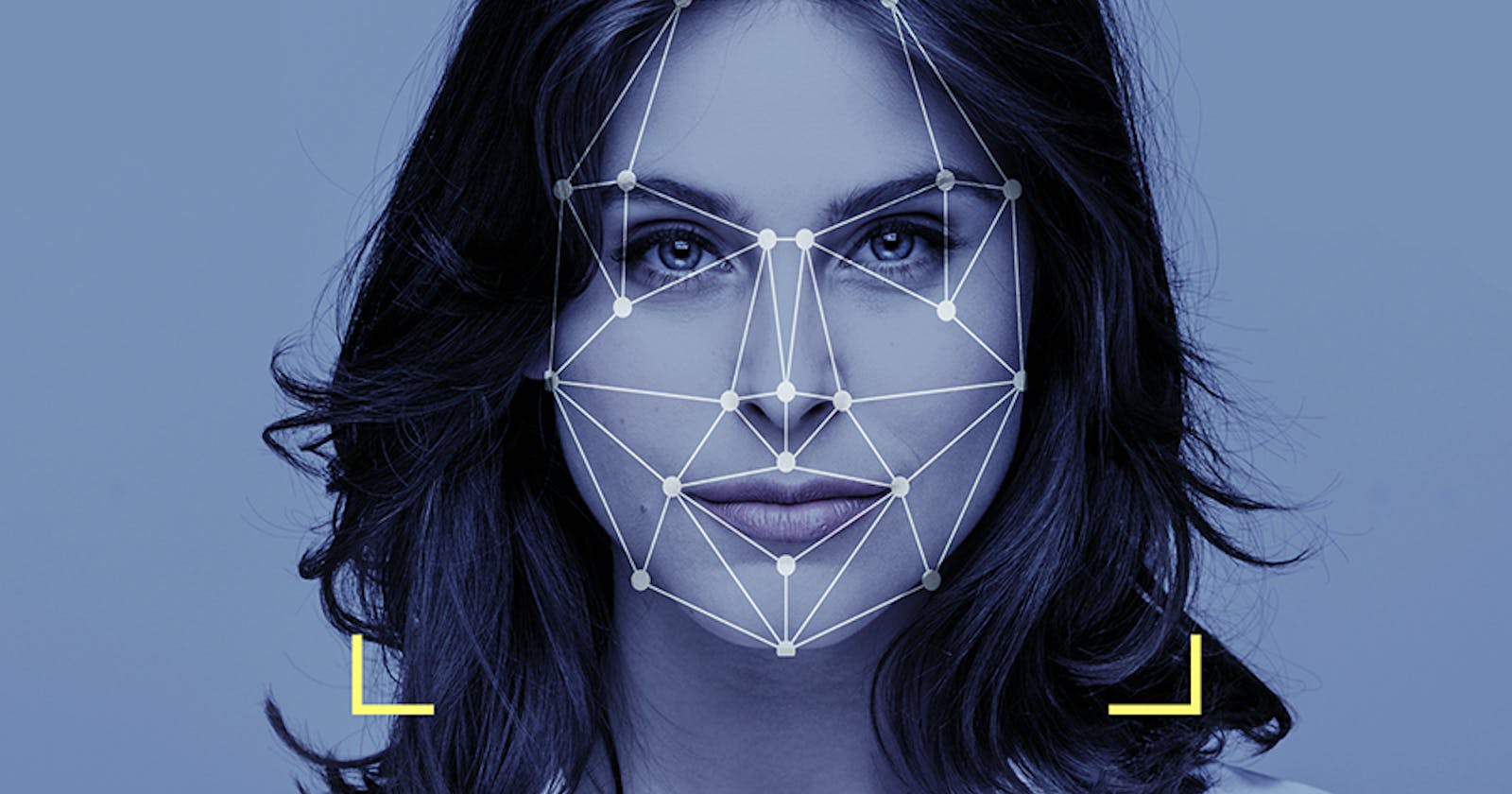Table of contents
- How Does the Face Detection Work?
- Machine Learning
- Deep Learning
- Methods of Face Detection
- Knowledge-Based
- Feature-Based
- Appearance-Based
- Techniques of Face Detection
- Background Remover
- Motions
- Benefits of Face Detection
- Easy Integration
- Improved Security
- Automated Identification
- Downsides of Face Detection
- It is Vulnerable
- Potential Breach of Citizens' Privacy
- Application of Face Detection
- Facial Recognition
- Marketing
- Photography
- Emotional Inference
- Lip Reading
- Conclusion
Over the years, technology has advanced from archaic computer vision methodology to advanced artificial intelligence networks. One such advanced tech is face detection. This technology has a huge role in facial recognition, analysis and tracking.
Facial detection is an artificial intelligence technology that extracts and identifies people’s faces from digital photos. When this is incorporated into biometric security networks, it becomes possible to use this AI to monitor and track people in real life.
Face detection assists in analyzing a face by identifying parts of it in an image or video. It focuses on the age, emotions and gender of the human it analyses. It would then save this information in its algorithm for different purposes.
How Does the Face Detection Work?
This AI utilizes algorithms and machine learning to extract people’s faces from images that have non-facial objects like landscapes and buildings. The algorithms start analyzing from the human eye. This is because it is the easiest feature to detect.
Afterward, the algorithms would start analyzing the mouth, nose, eyebrows, iris, and nostrils. Once it had found the facial region of an individual, it would apply other tests to confirm it is truly a face.
To make the facial algorithms to be accurate, they would be trained through millions of images. Some of the images contain faces, while others don’t. This continuous and regular training would help artificial intelligence technology to become perfect and accurate.
Face detection AI uses different types of algorithms to accomplish this. These include:
Machine Learning
This uses statistics to identify patterns using a large amount of information. This data would include images, clicks, words, numbers, among others. Machine learning is behind most modern services. Notable examples include search engines (Google), voice assistants (Alexa and Siri) and recommendation systems (Netflix and Spotify).
Deep Learning
This is a subset of machine learning. It forms a deep neural network, importantly, the machines would have a greater ability to identify and amplify tiny patterns. This network has layers of computational nodes that combine data and deliver predictions.
Methods of Face Detection
The following are methods of this artificial intelligence:
Knowledge-Based
This method depends on certain rules and is built on human knowledge. For example, these rules would include that a face must have a nose, eyes and mouth in different positions concerning each other. This method has a big challenge: it is not easy to build the right set of rules.
If the rules are too common, there might be many false positives detected. If the rules are too different, it would have many false negatives.
Feature-Based
This identifies faces through structural features. First, the algorithm undergoes training as a classifier. Afterward, it is incorporated into sorting out facial regions from non-facial ones. The idea of this method is to accurately identify humans’ distinctive faces. The feature-based always has a 94% accuracy rate.
Appearance-Based
This algorithm uses various images to study what a face should look like. Appearance-based depend on statistical analysis and machine learning to determine the important facial features of a human.
Techniques of Face Detection
Some techniques adopted by this technology include:
Background Remover
 This AI removes the background around a face and distinctively identifies it. For instance, if a photo has a static or pre-defined background, a facial detection algorithm would remove the background to reveal the facial boundaries.
This AI removes the background around a face and distinctively identifies it. For instance, if a photo has a static or pre-defined background, a facial detection algorithm would remove the background to reveal the facial boundaries.
Motions
It also uses motions to identify facial features. In many videos, the human face always moves. This technique allows engineers to calculate the area of movement of the face. One of the downsides of the motion technique is that it could confuse other moving objects in the background as the face.
Benefits of Face Detection
Some of the benefits of this AI include:
Easy Integration
It is easy to incorporate this technology into other solutions. Most facial detection apps are compatible with many security software.
Improved Security
This technology improves security efforts to track down terrorists and criminals. It also enhances security on mobile phones and computers, reducing the risk of cyberattacks.
Automated Identification
Before identifying a person was manually done. This method was inaccurate and inefficient. Now, face detection AI allows an automatic identification process. This saves time and increases accuracy.
Downsides of Face Detection
Although this AI has many advantages, it also has certain downsides which include:
It is Vulnerable
While it is quite accurate, it can also easily be thrown off due to changes in camera angles or appearance.
Potential Breach of Citizens' Privacy
The government uses this artificial intelligence to track down terrorists and criminals. But at the same time, it can use this to observe other citizens, breaching their privacy. There must be strict ethical regulations set on this technology to ensure that it is used in the right way.
Application of Face Detection
Now, let us see some ways this Artificial intelligence can be applied to real-life situations.
Facial Recognition
This seeks to increase security in many industries. It can identify an individual and validate their appearance. For an individual’s face to be analyzed with facial recognition, it has to be determined by face detection. For how face recognition works, watch this video.
Marketing
Facial surveillance assists stores to determine which customers have come to their stores in the recent or time past. These stores can use the information to offer customers discounts or perks which increases customer loyalty.
Photography
This artificial intelligence can be used to track down people’s faces on social media platforms.
Emotional Inference
It can be used to read gestures, facial expressions and non-verbal cues that convey a person’s feelings.
Lip Reading
The tracking, detection and modeling of lips in a video are used to generate subtitles. This application is found on YouTube even in videos that the creator didn’t provide a subtitle.
Conclusion
To summarize this article, we have learned that:
• Face detection is an artificial intelligence tech that extracts and identifies human faces.
• The algorithm uses different techniques such as knowledge-based, appearance-based and feature-based to perform actions.
• It has many applications in real-life situations. E.g. photography, surveillance, and lip-reading.
